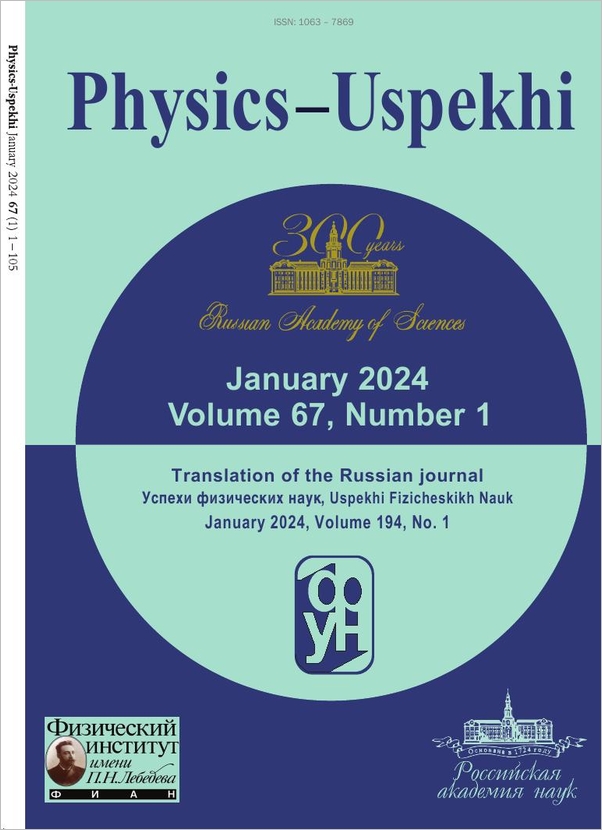|
This article is cited in 125 scientific papers (total in 125 papers)
TO THE 40TH ANNIVERSARY OF THE PROKHOROV GENERAL PHYSICS INSTITUTE, RUSSIAN ACADEMY OF SCIENCES
Bose—Einstein condensation in magnetic traps. Introduction to the theory
L. P. Pitaevskii
P. L. Kapitza Institute for Physical Problems, Russian Academy of Sciences, Moscow
Abstract:
The recent realization of Bose—Einstein condensation in atomic gases opens new possibilities for the observation of macroscopic quantum phenomena. There are two important features of these systems — weak interaction and significant spatial inhomogeneity. Because of this a non-trivial 'zeroth-order' theory exists, compared to the 'first-order' Bogolubov theory. The zeroth-order theory is based on the mean-field Gross—Pitaevskii equation for the condensate ψ-function. The equation is classical in its essence but contains the constant [IMG align=ABSMIDDLE alt=$\hbar$]hplank[/IMG] explicitly. Phenomena such as collective modes, interference, tunneling, Josephson-like current and quantized vortex lines can be described using this equation. Elementary excitations define the thermodynamic behavior of the system and result in a Landau-type damping of collective modes. Fluctuations of the phase of the condensate wave function restrict the monochromaticity of the Josephson current. Fluctuations of the numbers of quanta result in quantum collapse-revival of the collective oscillations.
Received: May 1, 1998
Citation:
L. P. Pitaevskii, “Bose—Einstein condensation in magnetic traps. Introduction to the theory”, UFN, 168:6 (1998), 641–653; Phys. Usp., 41:6 (1998), 569–580
Linking options:
https://www.mathnet.ru/eng/ufn1484 https://www.mathnet.ru/eng/ufn/v168/i6/p641
|


| Statistics & downloads: |
| Abstract page: | 893 | | Full-text PDF : | 368 | | First page: | 1 |
|





 Contact us:
Contact us: Terms of Use
Terms of Use
 Registration to the website
Registration to the website Logotypes
Logotypes









